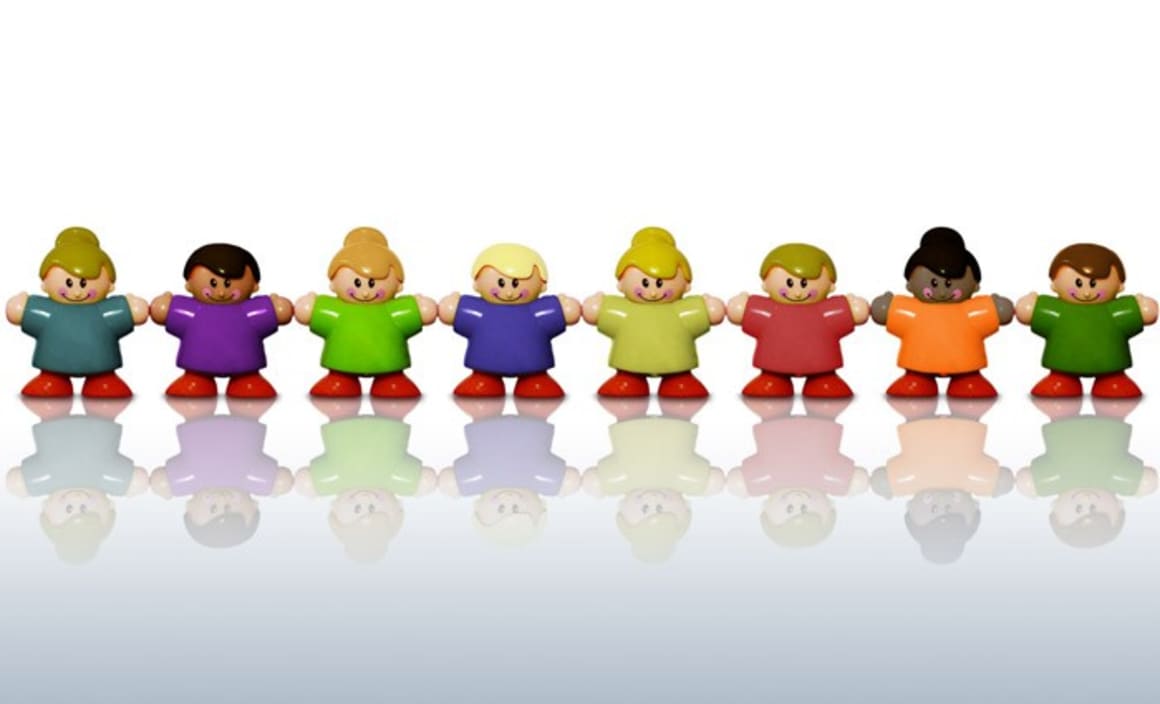How mixed-use developments will continue to benefit a wide range of 'mixed users'

In the very early days of my career I can remember that the promise of being involved with a ‘mixed use’ development was always an exhilarating idea.
At the time mixed use was the development mantra of the day when a combination of commercial space, retail, hotels, public amenity and residential was being looked at on a new scale, with the aim of bigger and better.
Mixed use was seen not only as a way of adding a more complex layer of capital value and possibly increasing income from the project, but also as a way to better guarantee success in the long-term as the different uses acted in a harmonising way.
Mixed use developments were also seen as the ideal way to invigorate areas because they would hopefully attract a more diverse target market, in a way that say a freestanding office building could not. It’s also not that long ago when for example the Sydney CBD and to an even greater extent North Sydney CBD were seen as lacking soul and appeal because these areas where dominated by commercial office space. After hours and on weekends they were seen as dull and as retail and cinemas moved to big regional shopping centres the trend intensified. However over the past 20 plus years, in part due to the big increase in apartment projects, that view has turned around and both markets are now the dynamic centres we all know.
Mixed Users
We have come to understand that single-use markets usually have a limited life, while mixed markets offer wider appeal. However we no longer need to rely upon markets to hopefully evolve with a sort of planning wish list. We know that major mixed-use projects require a large capital investment, however today we have a variety of investment platforms and planning incentives that favour such development.This brings me to the emerging impacts that ‘mixed users’ will have for the residential market.
I suggest that when we think of mixed users we also need to include mixed generations of users as a key demographic of the market and how this might impact the appeal of a project.
Diversity has an important role, even an essential role to play in creating a vibrant community and this now applies more than ever to the demographics of a successful residential development. Many aspects of the demographic mix of our cities are now starting to change and successful developments are reflecting these changes.
For a variety of reasons we are now seeing the emergence of multi-generational households in the housing market. While in our social mix this is not a totally new phenomenon, the numbers are likely to start to grow in the future. There are already some early signs.
For example the number of three-person and six-person households increased in the 2011 census, while other groups were somewhat static. However the numbers of three bedroom dwellings feel while the number of one bedroom and two bedroom dwellings did increase, but most of this movement was concentrated across inner city locations. This points to larger numbers of singles looking for a strong social base, greater ‘connectivity’. This is in part associated with a multi-generational neighbourhood, the various age groups do not always have to be under the same roof to create a rich social fabric.
The Modern Family – It’s Here Already
The recent federal budget is forcing Australians to contemplate the idea of a shrinking middle class, with one result being that more young people are living at home longer. And when mum and dad do move, they might sell and be looking at a location where they can buy two apartments to replace the family home, but still retaining all family ties.
We also know that many retiring Baby Boomers want to age in place, or in the local area they are familiar with, the idea of retiring and leaving is no longer the preferred option and we know only too well that longer life expectancies are going to have a huge impact on housing demographics. The granny flat in the back garden is also another reality creating multi-generational households.
The multigenerational home or development project is clearly a housing type that is already in demand but may well become a much bigger market force.
This will I think result in projects offering well beyond the traditional mix of one, two and three bedroom apartments, if we have a vision for the 21st century then the impacts of multi-generational living will be far-reaching. So over the next few posts I am going to explore some of the options.
One example is the idea of mixed use projects, that have a mix of options not only extending to the choice of housing, but also how facilities are built, funded and shared, the blending of mixed use and users.